What do Franklin D. Roosevelt, Queen Elizabeth II, and Charlie Chaplin all have in common? They were all stamp collectors! More than five million people in the United States enjoy this versatile pastime that doesn’t require a large budget or intricate skills. Plus, shopping for collectible stamps online is a breeze. Before starting a stamp collection, it’s helpful to understand more about the hobby, including everything from stamp collection values to helpful stamp collecting supplies. This helpful guide from EBTH explains the basics.
Truth be told, you don’t need any tools to get started as a stamp collector. But, having some stamp collecting supplies on hand can make it easier to organize and handle your growing collection. The American Philatelic Society recommends the following tools to get started:
● Magnifying glass to help you see the intricate details and differences between stamps
● Stamp tongs to protect your collectibles from the dirt and oils on your fingers
● Albums to store and organize your collection
● A perforation gauge to measure the stamps’ perforations
● Stamp catalogs to help you identify stamps and learn more about their collectability
● Stamp hinges, which are small folded rectangles of paper with a light adhesive for mounting stamps in an album. Stamp hinges are not universally used among collectors because they can leave marks upon removal of the hinge.
You can create whatever kind of stamp collection you want! Because there are few rules associated with this hobby, there’s also no right or wrong way to approach it. If you’re wondering what to collect, consider some of your options, which include worldwide, country, and topical stamps.
Countries across the globe issue approximately 10,000 stamps annually, giving worldwide collectors a large variety of options. As long as you don’t set an unrealistic goal, such as trying to collect every stamp that each country issues, this can be a fun collection to curate.
Some collectors prefer to narrow their collections to specific countries — usually those with sentimental ties. Trying to get every stamp ever issued by a country can be an expensive prospect. Many collectors further narrow this specialty to specific parameters. For example, collectors may search for stamps issued before a certain date or from a specific region.
Do you love animals? Flowers? Topical stamps come from all over the world, and they offer a relatively inexpensive way to create and organize your collection. Some of the most popular topics include sports, space, birds, flowers, and animals. There are many other topics out there, including more obscure options such as outhouses and rainbows.
Stamp collection values depend on each stamp’s condition. If it’s torn and mangled, it won’t look great in your collection. More importantly, damaged stamps are nearly worthless compared to those that are in good shape, according to the Smithsonian National Postal Museum. So, how can you tell which stamps are worth collecting? Pay attention to the stamp’s rating, which ranks each stamp’s condition from poor to superb.
● Superb: Perfectly centered, perfect gum, and excellent color. Used stamps can be rated as superb if they look fresh and have perfect centering and light cancellation without any damage.
● Fine: A fine stamp has no flaws, light hinge marks (from the paper mounts used to attach stamps to scrapbooks) on the gum, and average centering. Used stamps with this rating have good centering, heavier cancels, and a slightly less fresh appearance than used superb stamps.
● Good: Stamps with this rating are still attractive but slightly off-center. They may also have minor defects such as heavy hinge marks.
Any stamps that fall below these conditions are typically ignored by serious collectors. You can definitely use them to fill space in your collection.
When you’re shopping for stamps, particularly when you’re shopping online, you’re bound to come across a variety of symbols. When you’re just starting with this hobby, it can all seem fairly confusing. However, the symbols provide valuable information about the condition of each stamp based on factors such as whether it’s used or unused, gum condition, centering, and flaws.
Whether or not the stamp has gum is irrelevant. The cancellation is the only factor that determines whether a stamp is unused or used. The exception to this rule is precanceled stamps, which are canceled before anyone buys them from the post office. Symbols commonly used to describe whether stamps are used or unused include:
● O (used)
● * (unused)
● ** (unused, never hinged)
Gum is the term for the pre-applied adhesive on the back of a stamp. The condition of the gum is an important factor that helps determine the value of a stamp and the price you can expect to pay. Common terms include:
● NH (Never hinged): These stamps have never had a hinge applied and the gum must be free of any marks
● H (Hinged): The gum has had a hinge applied
● LH (Lightly Hinged): The hinge marks on the gum are unusually light
● HH (Heavily hinged): The gum features prominent hinge marks
● HR (Hinge remnant): A part of the hinge is still attached
● DG (Disturbed gum): These stamps feature gum damaged by fingerprints, bubbling, or glazing
Most collectors view centering as the most important factor in a stamp’s value. This judges a stamp based on how well the design is centered within the edges. Centering is graded as:
● S (Superb): Perfectly centered
● XF (Extremely fine): Nearly perfect centering
● VF (Very fine): The design is off center but still spaced away from the edge
● F–VF (Fine–very fine): The design is closer to the edge
● F (Fine): The design is very close to the edge
● AVG (Average): The edges cut into the design
Faults or flaws in the stamp reduce its value, but the severity of the fault and rarity of the stamp also come into play. Common faults include:
● SE (Straight edge): One or more edges lacks perforation
● SP (Short perforation): One or more perforation tips isn’t as long as the others
● PP (Pulled perforation): The stamp has a missing perforation tip
● Gum Bend: Wrinkles or creases in the gum occur naturally with flat plate printed stamps, but severe wrinkles can lower the value
● Thin: Some of the paper is removed and there’s a slightly thinner spot in the stamp
Now that you have a good primer on the ins and outs of stamp collecting terms and valuing basics, look no further than EBTH for buying stamps online. This innovative platform connects buyers and sellers from all corners of the planet, allowing you to bid on everything from hard-to-find single stamps to full stamp collections.
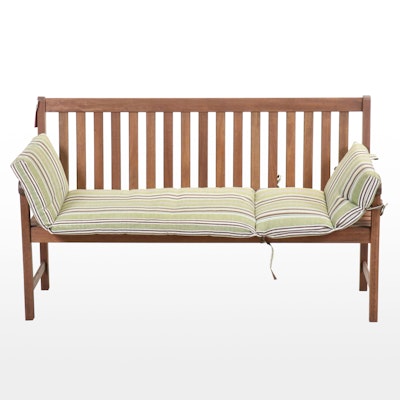
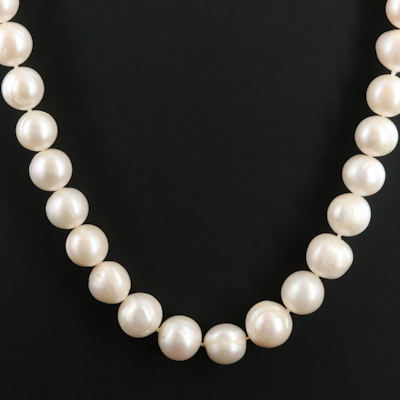

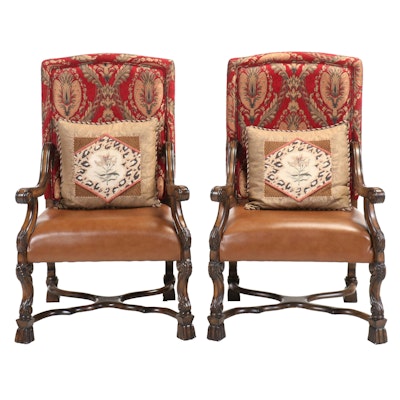

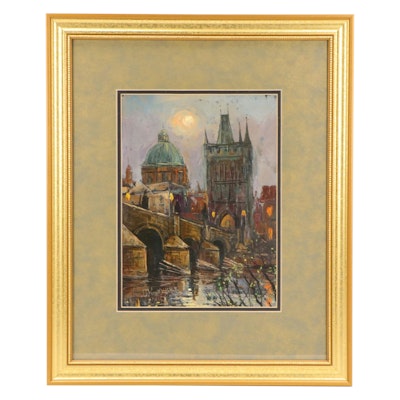
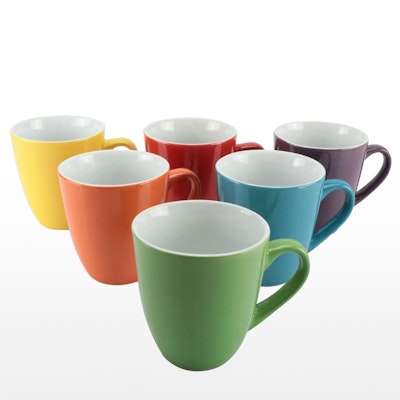
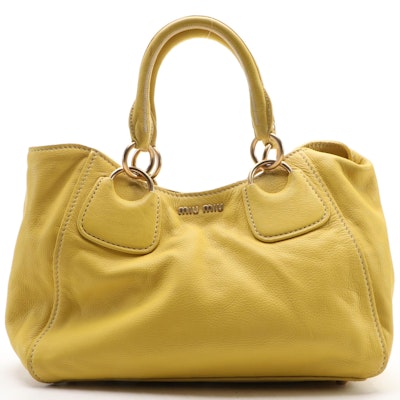
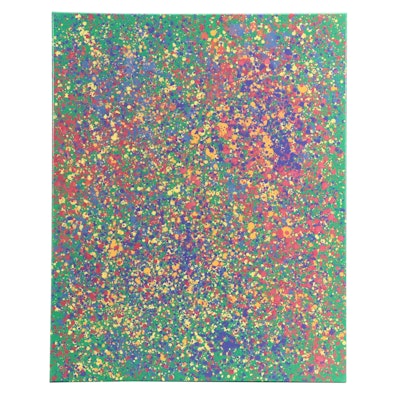


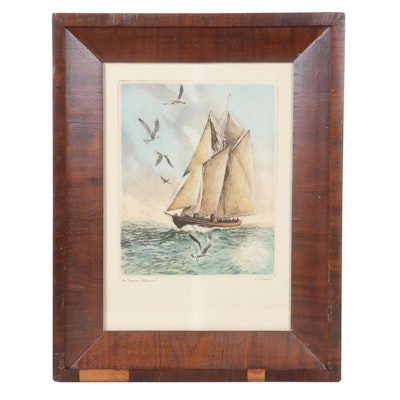
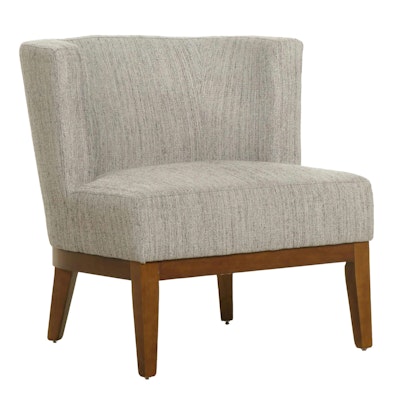
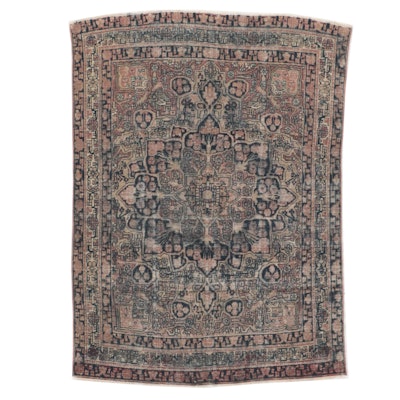
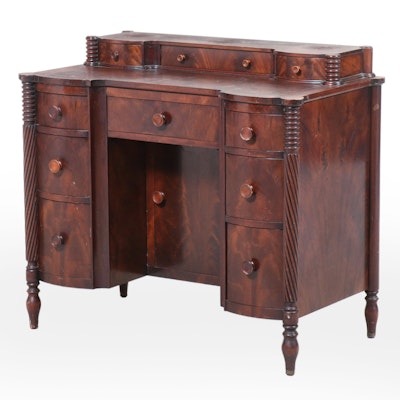

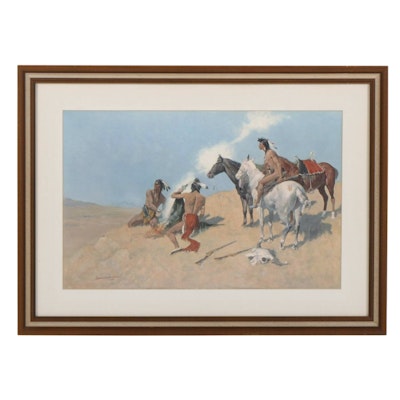




There are some amazing, one-of-a-kind items waiting to be discovered. Sign in to start bidding!
Not a member? Sign up.